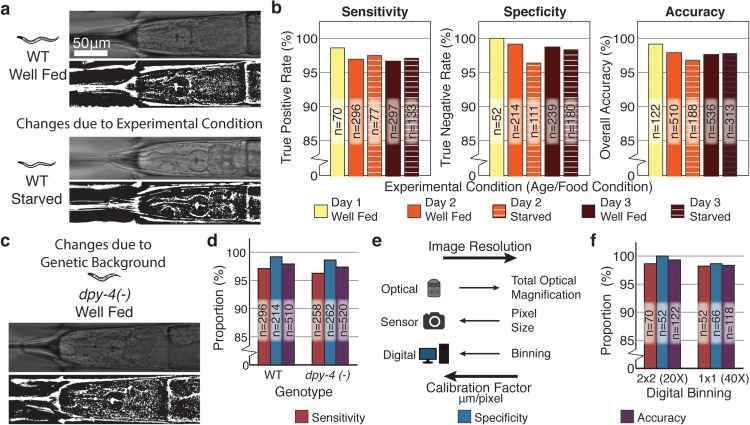Fig 4. Head versus tail classification using grinder detection is robust to changes in experimental conditions and genetic background.
a) Changes in experimental conditions, such as food availability, can alter the bulk morphology and the appearance of worm body in bright field, with potential consequences for classification accuracy. b) Our head versus tail classification scheme maintains sensitivity and specificity at over 95% at different ages and feeding conditions despite these biological changes. c) Genetic changes can also induce changes in bulk morphology and texture of the worm. d) Despite not being represented within the training set, the performance of the classifier is maintained even for mutant worms (dpy-4 (-)) with major morphological changes. e) Changes in the optics, camera or acquisition parameters can alter the final resolution of images. f) The inclusion of the calibration metric within feature calculation (S2 Fig and S3 Fig) maintains classifier performance across a two-fold change in image resolution due to alternations in digital binning.

